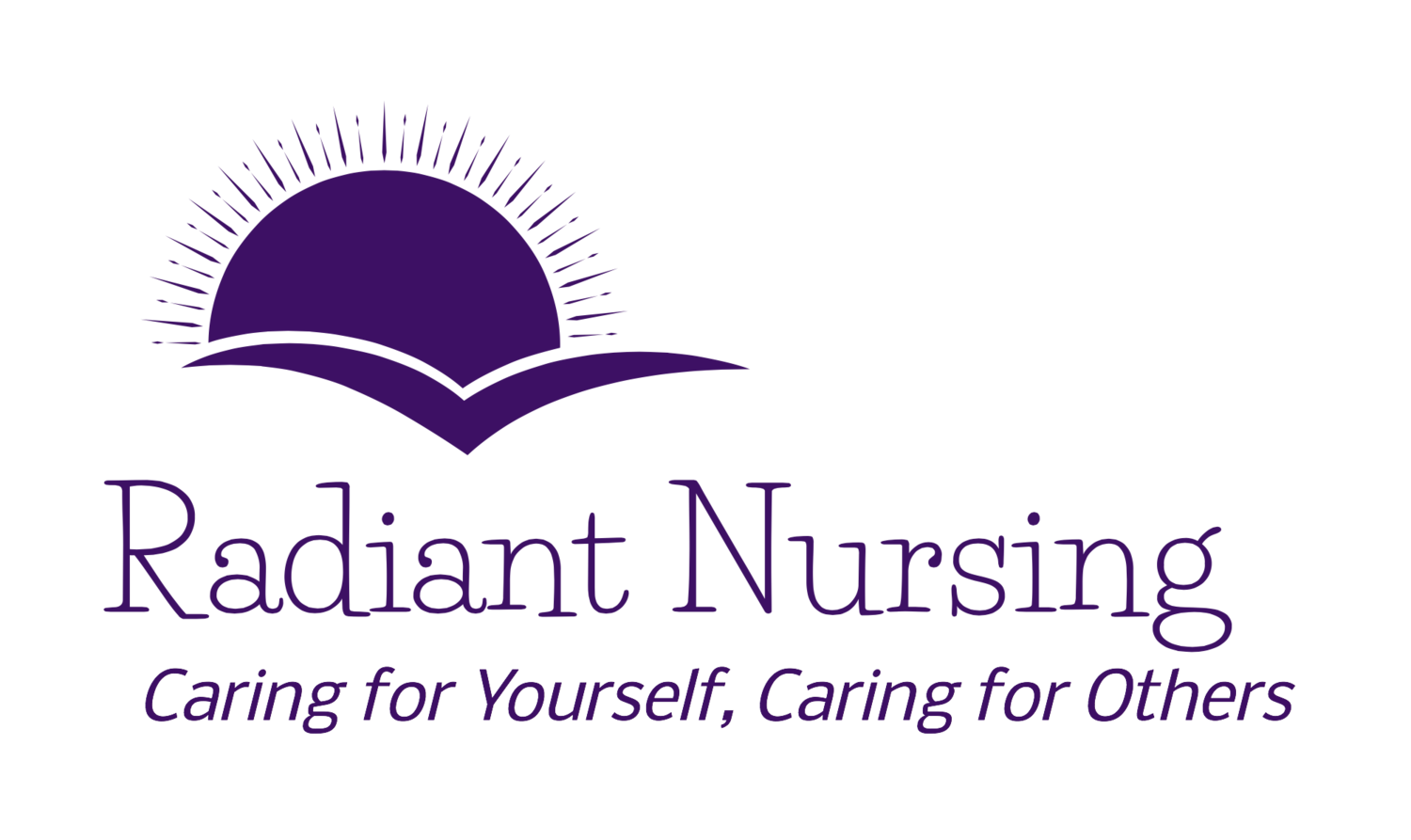Treats From A Farmers Market
/Buy Local, Eat Fresh
Getting your food at the farmers market is a treat, especially when it is the Davis Farmers Market in California where the bounty and variety delight both young and old. I explored this market that is connected to the bread basket of America before. In this post, I explore some of its specific delectable treats.
Raw Local Honey
Local beekeepers bring their raw honey to the market and taste-testing is encouraged. One of my favorites is the lavender honey shown in the photo above. Pure Honey comes from this beekeeper called Henry's Bullfrog Bees.
Being able to taste the honey made from different flowers is an education in itself. It's remarkable how different flowers create a strong variation in the taste and color of the honey. The wonders of nature.
“Where a bee collects its nectar determines the characteristics of honey such as the color, flavor, and composition.”
Buying local honey is important to help sustain small beekeepers. Our environment also benefits from a variety of beekeepers, not just the mass producers. Most studies say it is a myth that eating honey will help with your allergies, but don't let that stop you from enjoying it in your tea or on toast and in your baking.
Honey is natural and considered harmless for adults and there is nothing to fear from raw honey. But pediatricians strongly caution against feeding honey to children under 1 year old. Children's digestive tracts aren't fully developed until after that age.
Farm Fresh Eggs
One of my favorite foods at the market is the fresh eggs from Vega Farms. I was first made aware of their double-yolk goodness when I overheard someone asking for a dozen of double-yolks. What? As far as I'm concerned, the yolks are the best part, right?
Double-yolk eggs are a treat available only at the market, because eggs sold in grocery stores and the co-op are limited to single yolk. You want to plan an early arrival for these gems, because they sell out.
The egg vendor knows I always get the double-yolk eggs. If she's not too busy with customers, we exchange a few words together. It adds a personal connection to the food shopping experience.
Connecting With The Vendors
Going to the same market on a regular basis has the added benefit of connecting with the vendors. I love having a face and a background with the product I'm buying. An added benefit is that the sellers often share good information about their products. For example, he'll tell you how to cook squash blossoms.
Here they are: squash blossoms for sale. The vendor clued me in that when the blossoms are available, people will queue before 8 a.m. (when the market opens) so as not to miss them. As you can imagine, it's a limited quantity and a short season, so people don't want to miss out. You won't be finding these in your supermarket.
Organic Cheese
Happy cows make happy milk and this is the case for our local Nicosio Valley Cheese Company and their pasture-based cows. I discovered one of their cheeses when I first started going to the market four years ago.
The cheese is called Foggy Morning and it is, by far, a favorite of ours. The name alone inspires the imagination, especially for a fog-lover like me. It's a young cheese with a soft, creamy texture and it's refreshing in your mouth. Pair it with sliced, lightly salted heirloom tomatoes and you will satisfy any gourmet palate.
When the cheese vendor sees me coming, she reaches for a Foggy Morning. She knows that's what I always buy. This particular cheese is so popular, I have to make sure to get there early before it sells out.
“Foggy Morning is our American Cheese Society award-winning fresh cheese, it’s soft with a very subtle tang. Excellent on its own or paired with either savory or sweet accompaniments. ”
Buying at the farmers market brings me closer to the origins of my food. What a joy it was to share in their good news that our delicious Foggy Morning won a blue ribbon from the American Cheese Society Convention.
“We are proud to announce we received 3 awards at last weeks American Cheese Society Convention! We won Blue for our Foggy Morning and Red for our Loma Alta and San Geronimo!”
Are you able to shop local where you live?






